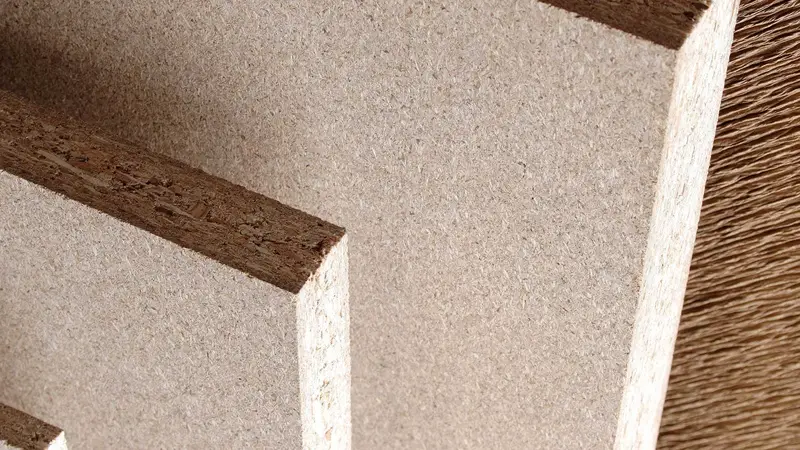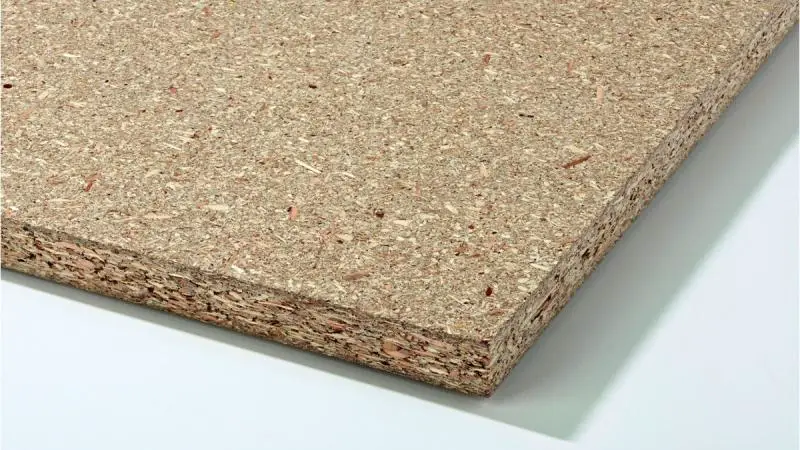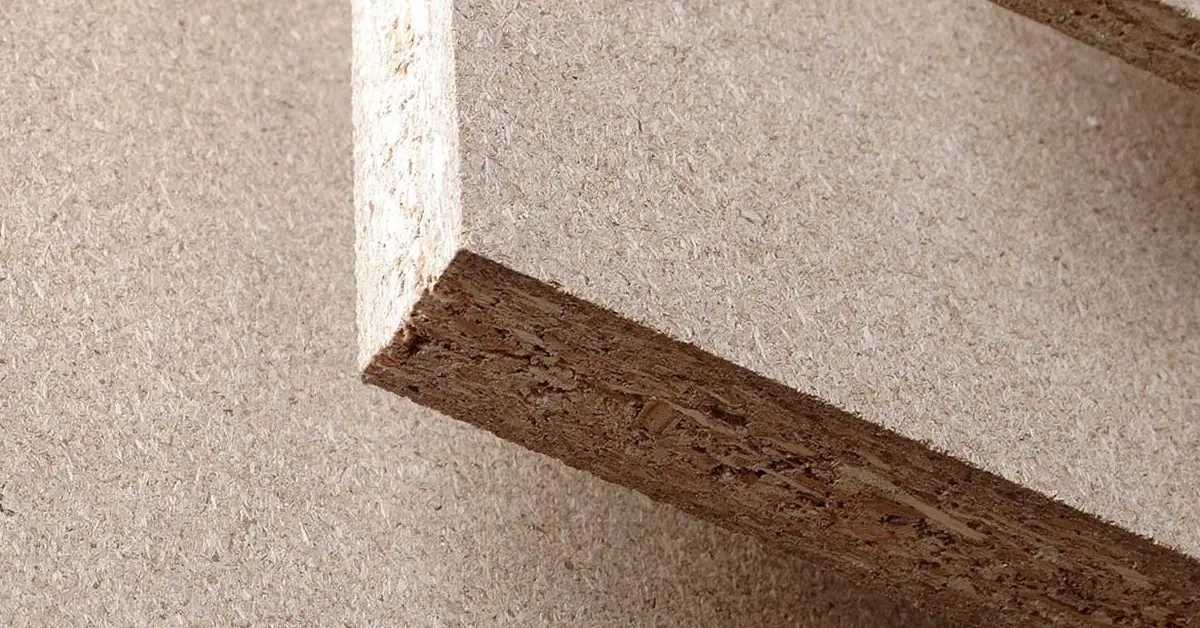If you’ve ever cared to look up the material used in making IKEA furniture, you’ll notice particleboard coming up a little too often. Since you can’t describe it as “very popular,” most people are oblivious of its uses. But why does IKEA use particleboards exactly?
Most of IKEA’s products are made from particleboard because it’s the cheapest and most accessible option. Since IKEA is a budget furniture brand, it’s logical that most of its offerings are made from cheap source materials.
In this article, you’ll learn some of the reasons why hardwood is superior to particleboard. You’ll also learn why IKEA stubbornly uses particleboards on most of its products, even when it’s inferior to wood.
What Is Particleboard?

Before getting into the details of why IKEA uses particleboard to make furniture, it’s essential to know what particleboard means. Once you understand the merits and demerits of particleboard, you’ll realize why IKEA loves using particleboard so much.
Particleboard is simply a combination of sawdust, woodchips, and another wood residue, held together at a super-high pressure, using a glue-like resin. The main advantage of particleboards over wood is price, lowered by its ease of manufacturing.
In a one-to-one comparison, particleboard doesn’t compare to wood, and it’s only widely available in budget furniture, which the bulk of the population shops. That explains why particleboard is popular in the furniture industry but almost nonexistent in construction.
From the explanations above, it’s pretty clear that particleboard is only in wide usage because it’s very cheap. When you hear “cheap” in the furniture industry, the first retailer that comes to mind is IKEA. While this will be a fascinating coincidence, it’s pretty clear that it’s not one.
Since this section only explains what particleboard means, it’s not time to say why IKEA uses it. Instead, I’ll defer this to the next section, although most already know why IKEA uses particleboards almost exclusively.
Why Does IKEA Use Particleboard?
IKEA uses particleboard mainly because it’s the cheapest furniture that can last for a reasonable amount of time. Since IKEA is primarily a budget furniture brand, it only makes sense that it tries to cut costs on production.
One of the most clever ways to cut costs during manufacturing furniture is to use cheaper wood alternatives. Wood is undoubtedly the strongest furniture material available at the moment, but options like particleboard and fiberboard are more practical due to their cost-effectiveness.
With this information, you’re already a more informed furniture buyer. If you’re looking for a piece of furniture that will last you almost as long as you’ll live, you should avoid the particleboard offerings from IKEA. Otherwise, particleboard is generally a good option for household furniture.
Particleboard’s inferiority to wood doesn’t necessarily imply that it’s terrible; good old hardwood might’ve just set the stakes a bit too high. To help appreciate the goodness of particleboard, the next section will go through some of the most important advantages.
Advantages of Particleboard

While IKEA might be trying to cut costs, it’s evident that the company won’t sell useless products to its customers all in the name of cost-cutting. For anything to qualify as “not useless,” it must have some benefits.
Predictably, there are many advantages to buying particleboard furniture, as long as you’re not comparing it to wood. Here are some of the most important benefits of particleboard that will help you see them in a more positive light.
- Price.
The existence of particleboard is partly because it sells for a lot less than most other alternatives. When comparing it to wood, there’s no competition, as wood costs a lot more than IKEA’s particleboard.
If you’re wondering why particleboard costs so low, it’s pretty easy. Particleboard is produced synthetically with residues from wood. Manufacturers can create large particleboards by joining a large number of woodchips and sawdust, but they can’t get a large chunk of timber by sticking two together.
Because of this, it’s way easier to produce particleboard than wood, making it less expensive as a result. The fact that particleboard is not as strong and durable are also factors that drive down the price even further.
- Imperviousness to shrinks and cracks.
If you’ve used wood furniture for long enough, you should have noticed one cracking due to extreme cold. That is not unrelated to the temperature around the room.
When the temperatures are very high, wood expands, and it shrinks when the temperatures are low. If you can’t maintain moderate temperature conditions, wooden furniture will either overexpand or over shrink, causing a crack in the wood.
While that is one of the major defects of wooden furniture, it’s nonexistent in particleboard. Since particleboard is simply a collection of woodchips, the condition remains the same regardless of the temperature or weather conditions of the room.
If you’re living in an area with extreme temperatures, you may want to get particleboard or fiberboard, as you’re likely to get cracks in the wood.
Disadvantages of Particleboard

By the low prices compared to wood, you can already tell that particleboard will have its fair share of disadvantages. Frankly, the disadvantages of using particleboard furniture eclipse the advantages, but the price point makes it irresistible.
Here are some disadvantages to keep in mind when buying particleboard furniture to avoid unwarranted disappointments.
- They’re not durable.
While IKEA furniture products don’t usually have problems in the first few years, you can’t compare them to superior offerings from companies that produce premium furniture from real hardwood.
- It’s not strong against moisture.
Unlike wood, the temperature conditions don’t affect particleboard furniture. However, when particleboard is introduced to water, it loses all its imperviousness to expansion and shrinking. It even shrinks and expands faster than regular wood.
Since particleboard is made from an amalgamation of much different wood residue, it can fall apart quickly once it’s wet. If you’ll be getting particleboard furniture, you may want to ensure that it lasts for as long as it should.

